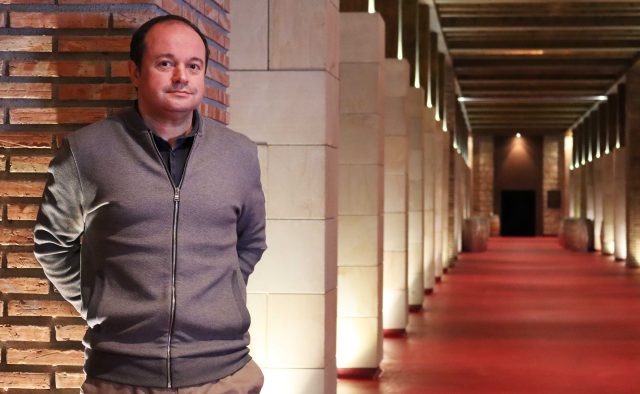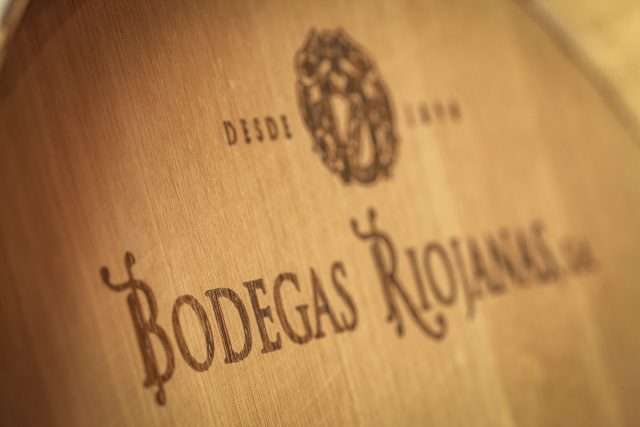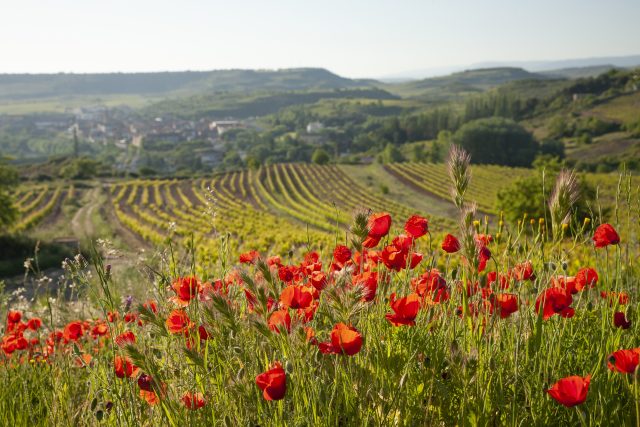This website uses cookies so that we can provide you with the best user experience possible. Cookie information is stored in your browser and performs functions such as recognising you when you return to our website and helping our team to understand which sections of the website you find most interesting and useful.
Bodegas Riojanas: finding the ‘perfect match’ when it comes to expansion
Bodegas Riojanas values “personality” over profits when it comes to expanding into new regions, director general Eduardo Saínz Marotías tells db.

“We are a group of wineries. Our main winery is in Rioja, and over the last decade we have been expanding into other complimentary appellations,” Saínz Marotías explained to db at this year’s ProWein trade fair.
Four complimentary estates outside of the Rioja region make up the rest of the company’s portfolio: Bodegas Viore in Rueda, Bodega Veiga Naúm in Rías Baixas, Bodegas Torreduero S.A. in Toro, and the group’s latest addition — Bodegas Hacienda Miguel Sanz in Ribera del Duero.
The deal on the latest Ribera del Duero estate was closed last year, with wines from the region already on the market. High altitude is the name of the game with these wines, as the winery, located in the Vadocondes subregion, sits at 900m altitude — the “perfect location” for Riojanas to have set up its latest arm.

“We are trying to fight against weather change and against high temperatures, so we were looking for high altitude vineyards,” Saínz Marotías explains.
Expansion is by no means purely financial for Bodegas Riojanas. “It is a winery of 120,000 bottles,” Saínz Marotías says, “we’re not trying to produce big volumes there.”
So what is the motivation? “I want each winery to have its own personality,” he says. The Rioja-based company is motivated by curiosity and experimentation. “We want to prevent ourselves from creating a wine anywhere else which tastes like Rioja.”
The way to do this, the group’s director general explains, is to create joint ventures with winery owners across different regions.
“We are sharing management. Maybe in a few years time we will take the whole control of that, but whenever we go to a new appellation, we are not an expert in Ribera del Duero, for example. It’s the same as what we did in Rías Baixas — we have 53% of the capital, but the owners keep the rights. They are the experts and they know how the appellation works.”

Bodegas Riojanas is not interested in expansion for expansion’s sake. The company has no further plans to look further afield, and instead hopes to focus on the value that it has within its portfolio of wineries.
“Ribera was a long time dream,” Saínz Marotías says. Describing it as the second most prestigious wine appellation in Spain, he explains that the company felt “we had to do something in Ribera. But we don’t have any other plans to expand, because I think we have a really complete portfolio of Spanish wines,” he says.
These partnerships are also highly beneficial for the winery owners themselves. “We give them commercial distribution, marketing, we give orientation on how to drive the winery, but at the same time they give us the knowledge of the appellation,” he says. “I think it’s a perfect match.”

